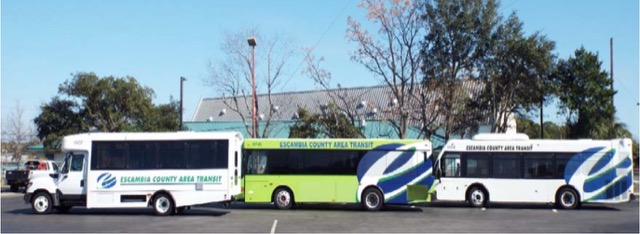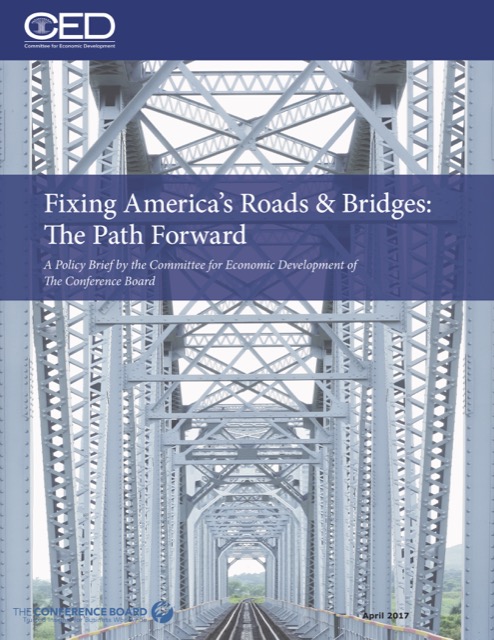With declining ridership, growing costs, and increasing competition, the nation’s transit industry is on the verge of complete collapse. The trends leading to this collapse appear to be permanent, yet transit officials across the country are pretending they are only temporary. Instead of preparing for the collapse, they are simply seeking more subsidies.
The Antiplanner has witnessed in the collapse of an industry before, and the results are not pretty. I spent the first two decades of my career fighting money-losing timber sales on federal forests. Between 1990 and 2000, those sales declined by 85 percent, turning communities built around sawmills that purchased federal timber into near-ghost towns.
Some communities could see the handwriting on the wall and made the transition to a recreation economy. Bend, Oregon, near where the Antiplanner currently lives, is thriving as a resort and recreation town, with one of the fastest-growing populations in the country. Coos Bay, Oregon, near where the Antiplanner used to live, turned up its nose at the recreation economy, saying its high-paid union millworkers would not be satisfied flipping burgers and changing bed sheets. The area is currently depressed and–despite outstanding beauty and recreation opportunities–its population is stagnant.
Like timber communities, transit cities have the choice of preparing for or denying the impending collapse. Those that prepare for it will enable a smoother transition to future transportation systems while those that deny it will create huge problems for local taxpayers. Continue reading









